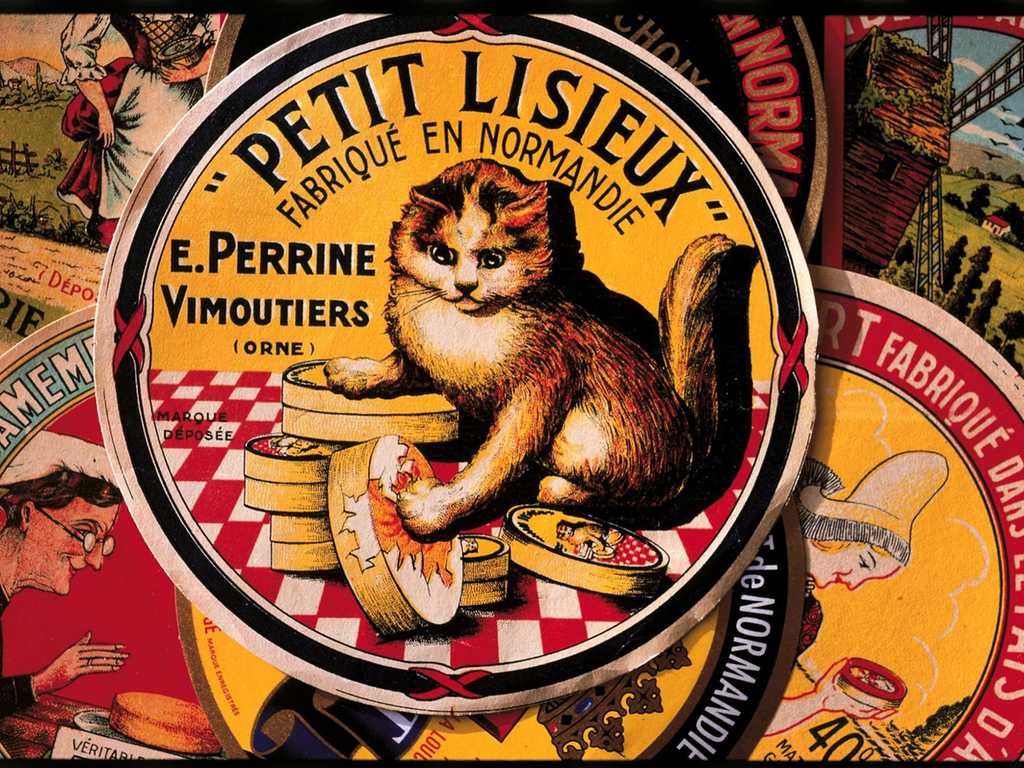Say cheese: a journey to the birthplace of Camembert via Normandy's 'route du fromage'
06 October, 2019

“C’est incomparable,” he says, kissing his fingertips.
Various cheeses of varying shapes and smells (but uniform premier status) are stacked up on his trestle table in the middle of the cobblestoned town square. “Camembert, c’est un poeme!” He smiles before breaking into perfect English. “Out of the 400 great French cheeses, Camembert is the king.”
The gentleman presses a chunk into my hand and watches me carefully. There is an etiquette to eating the flavourful delicacies and, every Monday afternoon, the town of Vimoutiers in Normandy hosts a market where stallholders offer free masterclasses in stand-up cheese appreciation.
Normandy’s 'route du fromage': where every chunk is a masterpiece
The Normans (“north men”) of France take their cheese very seriously. “I only eat my cheese when it’s just about possible for me to stay in the same room with it,” says Jean, another local fromage sage extraordinaire, with a laugh.
He gives the impression that with just one nibble of rind, he could tell whether the cow had been milked in the morning or the evening, and whether the field it grazed on was north or south-facing. He treats every block of cheese like an objet d’art. Every chunk as a masterpiece.
He passes me a piece of Pont-l’Eveque. This is one of the oldest of the French varieties. It is called “the colonel”, as its traditional red mace bulrush rind resembles the strips of a French colonel’s uniform. Its original name was Angelot, after an old gold French coin.
Normandy’s “route du fromage”, or cheese route, is appropriately Dairylea-shaped, taking connoisseurs on a triangular 60-kilometre tour through high-hedged pastureland, or bocages, passing the orchards and flax fields of Lower (“basse”) Normandy and Le Pays d’Auge. More than 80 “laiteries” and “fromageries” offer tours and degustations.
Learning how to make proper Camembert
In the morning, I visited Vimoutiers’s cheese museum, Musee du Camembert, where I learnt that Camembert cheese is made by mimicking the exact temperature of the inside of a cow’s udder – 37?C, to be precise. Camembert only became protected by its own Appellation d’Origine Controlee (AOC) label in 1983.
This certification is granted by the French government to ensure that specific cheese, wines and agricultural products are produced in the region of their origin, in the traditional manner, using specific ingredients. Nonetheless, more than 200 pseudo-Camemberts are now made in various parts of the world – Iceland, Argentina, Japan, Tunisia, Siberia and Tasmania all make their own versions.
Real Camembert is made from local raw milk hand-ladled into a mould, and only 10 dairies carry the prestigious AOC label. The ladle must be the same diameter as the mould and the curds must be spooned out in one solid block, without becoming pulpy or making the cheese lumpy. The museum has a display of Camembert cheese-box labels, as well as mouchoirs a beurre or butter handkerchiefs, which were traditionally draped over baskets containing cheese to distinguish their origin and identify their provenance. Each farm has its own hanky pattern.
Traditionally, price depended on flavour and smell – the smelliest were usually the most expensive. Other cheese-related paraphernalia on show include antique butter churns, 19th-century milking stools and buckets, cheese-carrying donkey saddles, Chinese rush drying mats, pestles, churning paddles and vats, earthenware basins called “poelons”, specialist skimming utensils, resting chambers, mixer-agitators and miscellaneous kneading devices.
Every conceivable cheese-making apparatus is on display – aside from a cow, of course. Although there is a sculpture of one outside the town hall. It is affectionately known as The Statue of the Unknown Cow.
